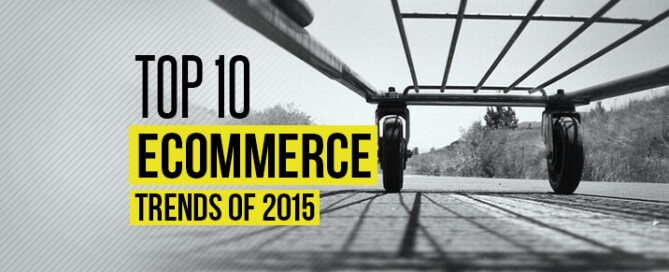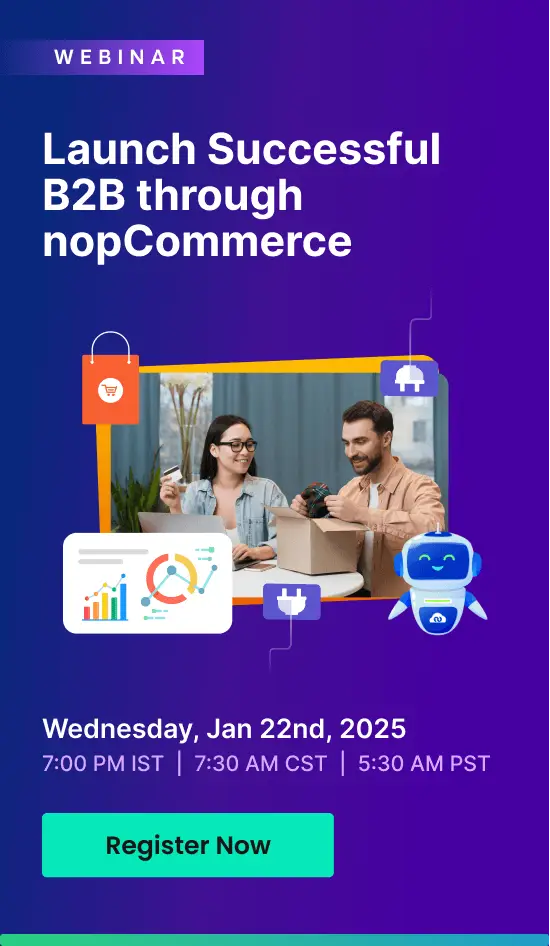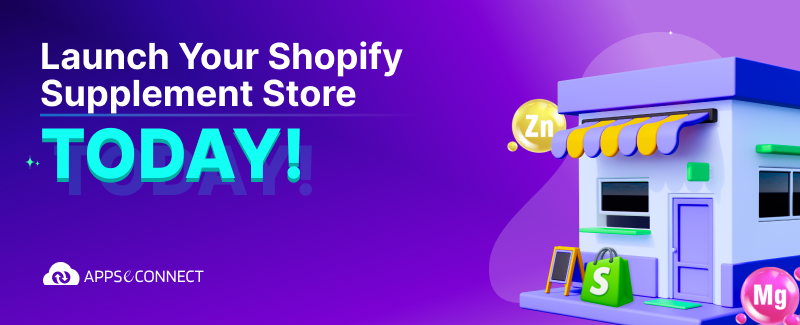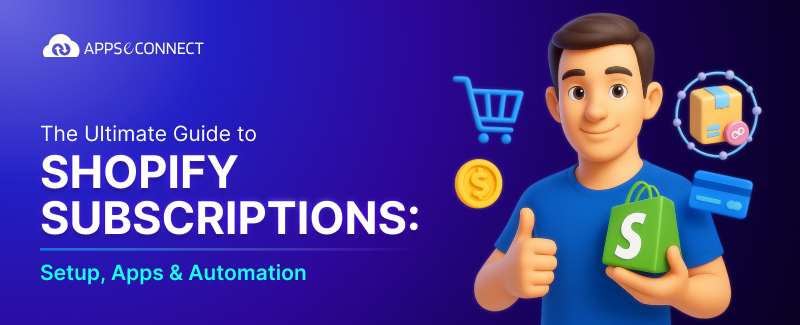
Trends affecting the Ecommerce in the coming time are directed to the concept of “ SMAC” (Social Media, Analytics and Cloud).
The level of interaction and brand exposure to a particular segment is accelerated by the social platforms. Shopify says, Facebook drives nearly two-thirds of all social media visits to Shopify stores. (source – hubspot)
The devices whether it is a desktop, mobile, tablet and various other streams which not only pull our data but acts as a bidirectional communication medium. Your app popping up the blockbuster movie tickets at a discounted rate at a perfect time or sending the right kind of shopping deals mailed to the visitors’ inbox (based on their product search) will shoot up your sales to a great extent.
Here are the key trends that will rule in 2015:
Social Commerce:
The social media sites play a front face of the introduction of the products of most merchants. Right from the “Sign in” option, which is now, integrated either with Facebook or Google for most of the sites gives a vast amount of data for tracking a prospect.
The use of these social media sites as a marketing channel helps to construct a community who are passionate about the brand. This also brings in few other activities like new product launches, awareness drive, mega sale, discounts etc.
Customer Loyalty & Rewards:
The sales cycle never gets over with the payment. The challenge is in pushing the prospect or consumer as a brand ambassador for the product or the Ecommerce site. The reward points is one of the offerings for pulling in the consumer again and again.
Addition of new categories:
People get attracted when they get an object, which is not locally available at a reasonable price. This scenario also a call for penetrating into new territories which is not crowded by the Ecommerce players.
The consumer knowledge which is already available needs to be utilized creatively for bringing in a new experience of shopping.
Cross platform Experience:
Platform independent marketing activities are attracting the consumers, as they are free to shop as per their convenience. The key challenge is however in making the technology transformation to the simplest of forms.
The websites should be adaptable to any of the forms, which either can be a desktop, handheld device to a wearable gadget. The ease and comfort of navigation should be the key factor for any platform.
Shipping and delivery:
The general requirement for any consumer is free delivery within the shortest possible time. The same day delivery practice is followed by the organizations who has multiple warehouses specific to various delivery zones.
Added to it is the tracking service, which provides the shipment information from one place to another.
Global Consumers and Local Sellers:
The flooding of international products at our doorsteps and finding a way out to the international consumer bases for a local merchant which was the luxury available to the premium classes until some years ago, is now a matter of just a few clicks.
This calls in for personalization with regards to the different demographics.
Timing is a very important aspect in pushing or promoting an online sale. Lets say for instance the target section which is mostly the youngsters and some mid aged consumers who are prime prospects of ECommerce industry have a very defined timing for exploring the online market.
This for example a youngster who might browse the Ecommerce or Social media will engage himself to it for a specific time and if he finds an appealing product then that’s a sale.
Mobility:
The use of mobile devices highly surpasses the use of any desktop or laptop. The availability of all the options starting from mobile wallet to marketplace messenger services shoots up this segment beyond anything. The rise of smartphone users creates the base from which a vast amount of revenue generation is targeted.
According to a recent survey of an Ecommerce site sale has more than 40 % was of mobile traffic. The mobile Commerce player PAYTM declared that their native app has seen a download of 6.5 Million and hence planning to convert their mobile app users to mobile commerce shoppers.
Omnichannel:
The platform independent marketing activity is attracting the consumers, as they are free to shop as per their convenience from the devices of their choice. The key challenge is however, in making the technology transformation to the simplest of forms.
This consists simpler user interface and navigation for the end users across all channels. The optimized mobile web design can promote very good sales as it will keep the visitor glued to your site and make a purchase decision. The native apps pushes the client to use the same source rather than browsing their way out.
Personalization based on Data Analytics:
The power of current time lies in data and more in accurate data. Data can picture different meaning to different pages but in retail and Ecommerce data means power to control and might to conquer. Let’s analyses the sales cycle for a typical Ecommerce consumer.
A consumer will begin with searching a product in an Ecommerce website and then navigates to a particular Ecommerce website. He or she will study the product reviews very carefully before making the purchase. He or She will search for the same product in different online stores.
The key points which prevents a consumer from purchasing online is one of the following
a) Issue arising for returning of goods
b) Delivery options
c) Shipping Costs
d) Payment issues
The key probably lies in persuading the consumers to go ahead irrespective of the drawbacks. This is possible only by tracking and the consumer behavior and pushing the sales cycle ahead from one stage to another. The gender specific data reveals a lot with regards to consumer behavior.
As for men some of these makes more sense:
Providing a detailed product description
Transparent payment options
Implementation of intelligent search engine
Feature wise comparison for products
Simple navigation and checkout
As for the female consumers these drive more clicks:
Recommending of similar product
Online Chat help
Offer promotions and coupons
High quality visuals and product video clips
Free shipping
User Experience:
The navigation also plays a key role in determining the traffic inflow. Most of the products are published in various other sites. Thus very often a prospect can be directed from a social media to an Ecommerce site rather than vice versa. Thus the promotion of products is measured by analytical ability and hence it is essential to predict the use of information in a very profitable manner.
2015 is going to experience these trends and with the ever-increasing advancement of technology, there is huge scope for ecommerce merchants to boost their sales with the right tools for the job.
Image : r. nial bradshaw





















